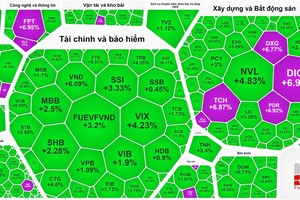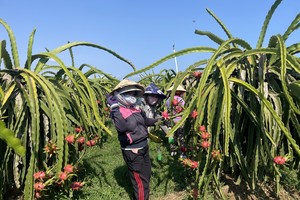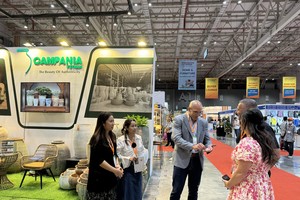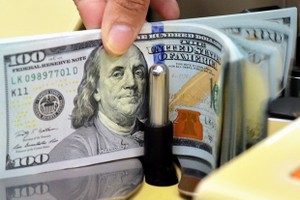The common tax incentives for the investors setting up their production bases in industrial zones (IZs) are no longer valid. However, they still can enjoy the preferences offered by IZ developers in an effort to lure more businesses. A report published on the English language online newspaper VietNamNet Bridge.
The IZs developed by Tin Nghia Corporation in Dong Nai province was more deserted than ever in 2012, three years after the investment incentive policies for the investors in IZs was removed in 2009.
However, the situation has improved significantly since 2013, according to Nguyen Thanh Binh, Head of the Board of Management of Tin Nghia’s IZs.
More investors have come to learn about the investment environment in Nhon Trach 3 IZ, 80 percent of which are Japanese small and medium enterprises in supporting industries.
Binh said investors now tend to be very cautious in seeking the places for their workshops. They always compare the leasing rates, the infrastructure conditions and the capability of the labour force before making their final decisions. Therefore, IZ developers have to consider investors’ desires to attract them to their IZs.
Tin Nghia has joined forces with a Japanese group to build workshops in an area of 18 hectares in Nhon Trach 3 IZ to lease to Japanese investors. To date, 110,000 square meters of workshops have been put into operation by 15 investors.
The average workshop leasing fee is 4 USD per square meter a month, or 50 percent higher than the land rent.
Observers noted that IZ developers have been trying to attract investors with the one-stop-shop policy and ready workshops. Investors just need to move their equipment to the IZs and organise their production.
Southern investors march towards the north?
Commenting about the policies to attract investors to IZs, Tran Van Lieu, Head of the Board of Management of the IZs in Binh Duong province, said the IZs in the key southern economic zone are getting more “saturated” than the IZs in the north or the central region.
That is why a lot of southern investors have been marching towards the north. VSIP, for example, in April 2012 opened VSIP Quang Ngai in the central region. As such, VISP has been present in all the northern, central and southern regions of Vietnam with five IZs set up.
The new IZs are believed to attract the investors, who want to take full advantage of the investment incentive policies applied to the areas in difficult conditions.
URC Mien Trung Company Ltd, for example, has signed a contract on leasing 5 hectares of land in VSIP Quang Ngai where it would run a beverage and sweets factory, though it is running a factory in Binh Duong province already.
Investment brokers have noted that a lot of big electronics and phone accessories manufacturers have been heading for the north.
Samsung, the big Republic of Korea’s mobile phone manufacturers, intended to set up its factory in Nhon Trach IZ in Ho Chi Minh City, but it finally decided to run its mobile phone factory in the northern province of Thai Nguyen, which offered it a lot of investment incentives.
An IZ developer in the south admitted that the IZs in the south cannot compete with Thai Nguyen which offers the low land rental rates and attractive tax incentives.
























